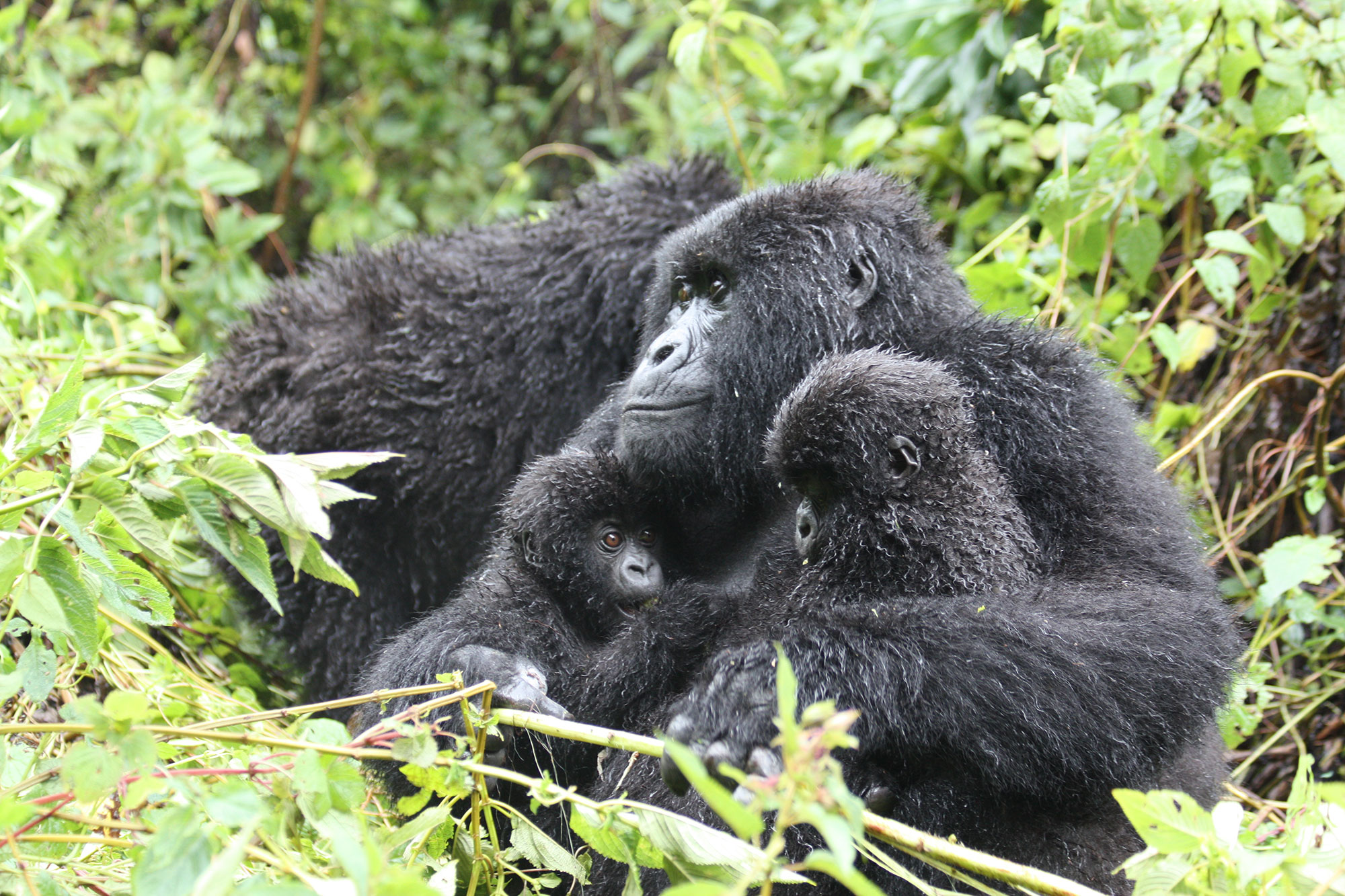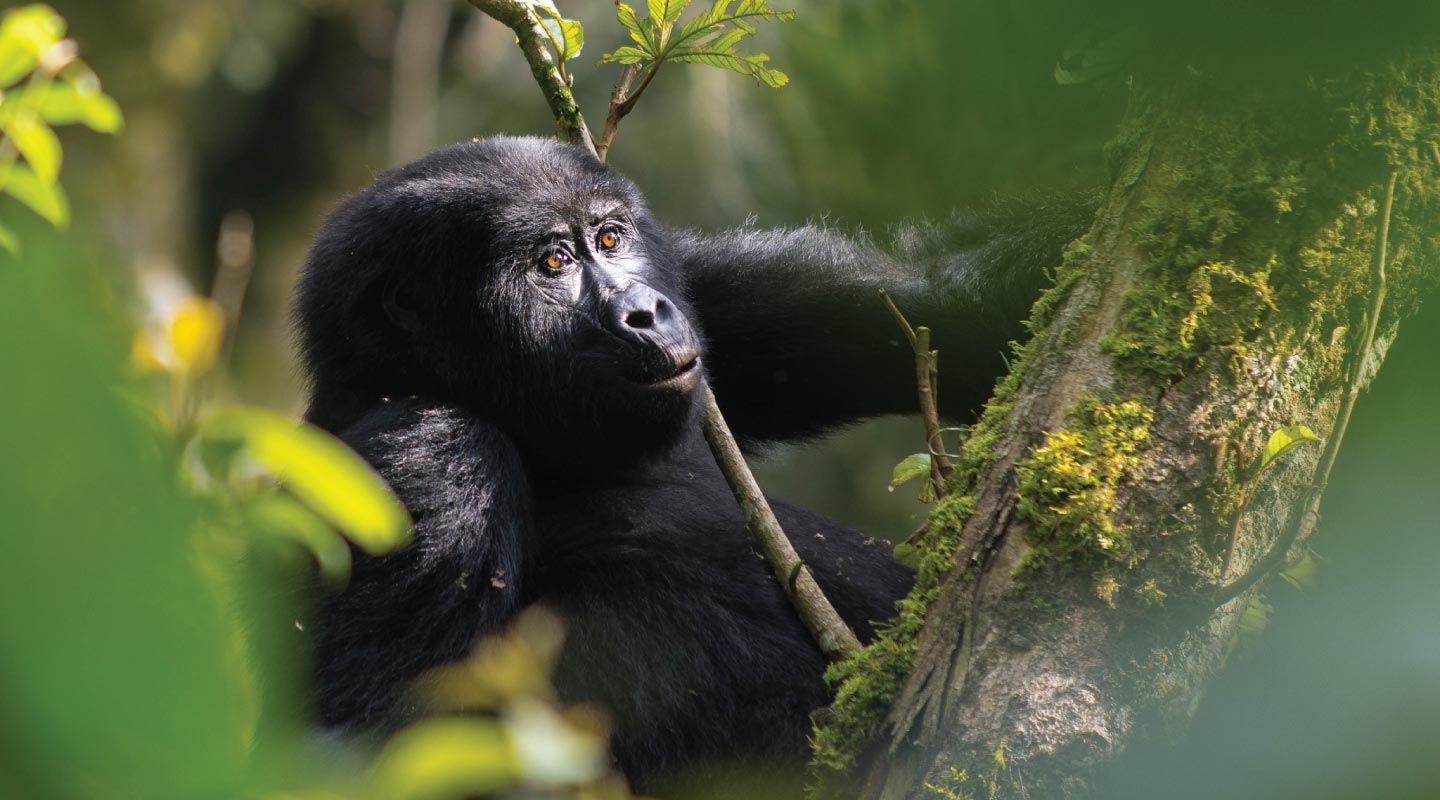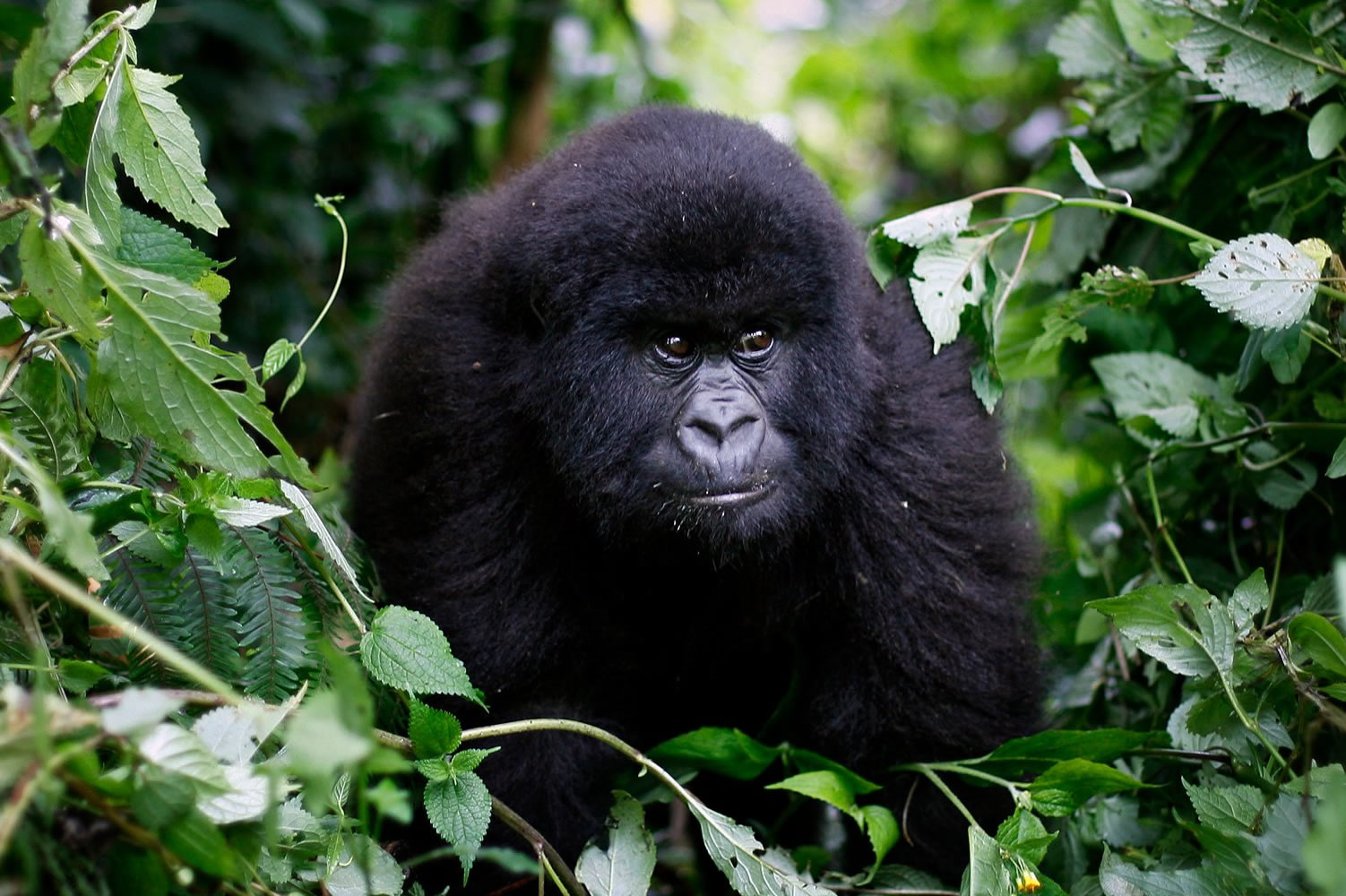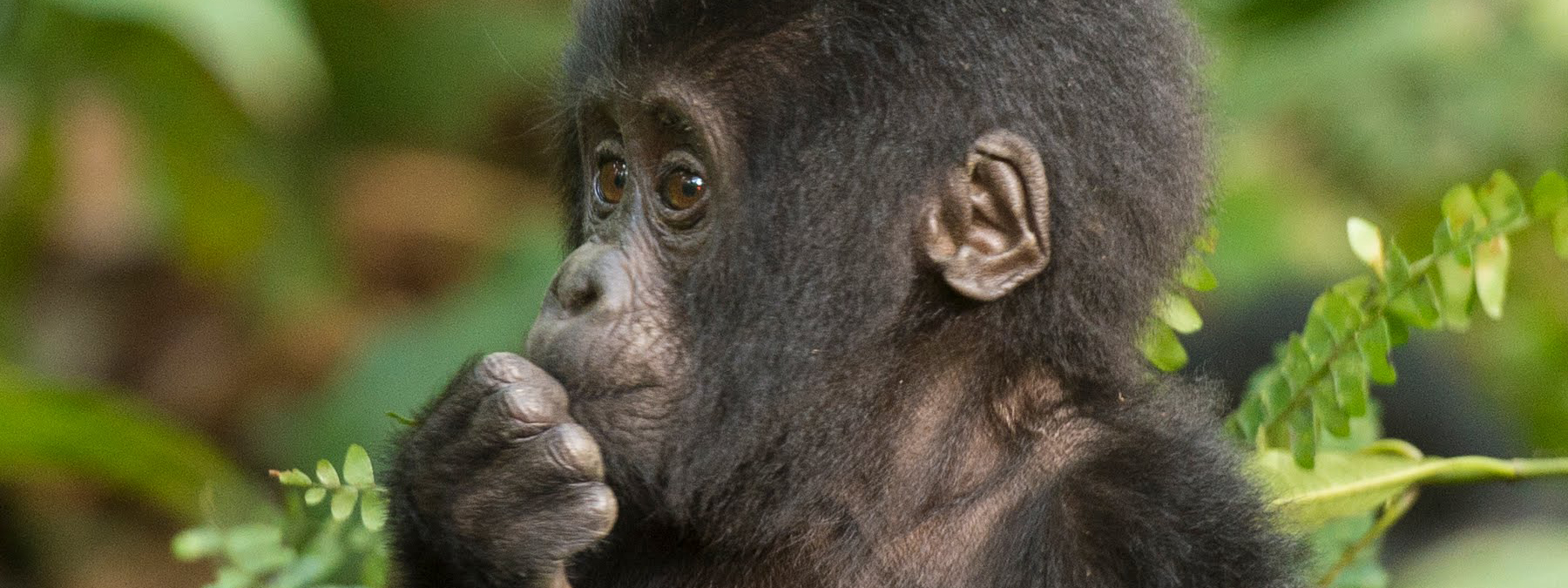The Gorilla Habituation Experience in Uganda provides an unforgettable four-hour encounter with mountain gorillas. Mountain gorillas have long been acknowledged as one of the best wildlife encounters on any African safari. Thousands of travelers come from all over the world to look for this hidden gem, which can only be discovered in East and Central Africa’s deep, humid, and mountainous forests of Bwindi, Volcanoes, Mgahinga, and Virunga National Parks.

Mountain gorillas, like many other wild animals, are inherently afraid of humans and will flee or become hostile if confronted. Gorilla charging is uncommon, although it might happen if the group is approached without a habituation period. Mountain gorilla habituation is the process of acclimating these kind and charming creatures to humans and teaching them to regard humans as any other harmless thing in their habitat. The habituation process for gorillas normally takes two to three years, but it can go up to five years. During the habituation stage, gorilla group members are also named.
A group of trackers, guides, and researchers approach a gorilla troop in a non-threatening manner with the goal of determining the best way to communicate with the gorillas. This is perilous because gorillas, particularly the dominant silverback, would want to assert their dominance, and some level of aggression should be expected. The key to gorilla habituation is to get the approval of the dominant male. Once this is accomplished, closeness to the group can follow. After the gorilla group has finished the habituation procedure, they are examined before being opened to tourists.
Gorilla Habituation process.
The gorilla habituation process began in central Africa in the 1960s, spearheaded by Dr Dian Fossey along with tracking, identification, range mapping, and other research activities that are still being implemented by gorilla conservation authorities today. Gorilla habituation is a useful tool for gorilla conservation projects and research because it enables for easy monitoring of gorilla groups’ security, health, population trends, social behavior, and feeding patterns. It is also possible to quantify the revenue earned by local communities, governments, and businesses, particularly tourism-related businesses, using gorilla habituation. Gorilla habituation is risky and time consuming. As a result of regular contact with humans, it exposes gorillas to hazards such as sickness. Furthermore, for habituation to be considered successful, a significant amount of time must be set aside.

Gorilla habituation in Bwindi Impenetrable forest.
Mountain gorilla conservation and habituation began in the early 1990s with the establishment of Bwindi Impenetrable Forest National Park in 1991. This involved three gorilla groups; the Katendegyere and Mubare groups in the Buhoma sector and the Kyagulilo Group in the Ruhija sector of Bwindi in the initial phase of habituation. In 1993, the first two groups were available to tourism activity. However, the Katendegyere group, which had 11 members (down from 3 in 1998), crossed to the Democratic Republic of Congo in the Sarambwe Game Reserve, while the Mubare Group, which was led by Ruhondeza (a Silverback gorilla who died in 2012), now has 12 members following a series of adjustments. The Kyaguliro, a group that was the target of a poaching incident and lost four members, now has 18 members due to fresh births.
As gorilla trekking became more popular in the mid-1990s, so did the need for new Gorilla families to be habituated because the original group just couldn’t meet all of the requests. This resulted in the formation of two additional groups, the Habinyanja and Nkuringo. However, the Nkuringo group was only opened to tourism in 2004 because to a number of problems, including inadequate infrastructure.

With the need to disseminate its significance to the majority of Bwindi, the third phase of habituation began in 2006, with two additional groups habituated and opened up for tourism in 2008. The Nshongi and Bitukura tribes were among them. The Nshongi group in the park’s southern sector was the largest gorilla group ever recorded, with over 30 members at the time. This was the outcome of a major split in the group, which resulted in its merger with another group. In 2008, two more groups were habituated: the Kahungye Group in the Park’s southern half and the Oruzogo Group in the forest’s western section, which had 30 and 20 members, respectively.
The former splintered into nine members to form the Busingye Group.
Trekking vs. Habituation Experience with Gorillas
Gorilla habituation experience is a newly developed activity for mountain gorilla enthusiasts in which four tourists are given the opportunity to experience the joy of the Gorilla habituation process for four hours under the supervision of studied and qualified trackers. This is in contrast to gorilla trekking, in which 8 people are assigned to each gorilla group and can only observe the gorillas for one hour. The Uganda Wildlife Authority pioneered gorilla habituation experience in 2014, which is exclusively available in Uganda.
You will have more time to learn about their way of life, take more photos, observe them interact, feed, build nests, and groom themselves during the gorilla habituation process. You will also learn about the roles that each member of the family plays. The gorilla habituation experience, which includes park entry, costs $1500 compared to the $700 spent for one hour of gorilla trekking. Gorilla trekking in Uganda is less expensive than the habituation experience. The Uganda Wildlife Authority designated two gorilla populations in the Rushaga and Nkuringo sectors of Bwindi for habituation in 2018-2019.

The Bikyinji family, which has 22 members, is located in the Rushaga sector of the park, as is the Bushaho family. The Bushaho family split from the Nkuringo family to form a new one. This group is commanded by a dominating silverback named Bahati (after the location where the group was originally spotted), who commands three adult females, an infant, a juvenile, a subadult, and a black back.
What happens during the Bwindi gorilla habituation experience?
Visitors scheduled for gorilla habituation experience/process meet at the Bwindi park headquarters in Rushaga at 7:30 a.m. for a briefing by authorities from the Uganda Wildlife Authority and the research team before the activity begins at 8:00 a.m. The gorilla habituation process requires a minimum of 15 years of age. It is recommended that anyone wishing to participate in the habituation process be physically fit enough to hike to the steeper and denser parts of the forests. These gorillas tend to wander to difficult-to-reach terrain and portions of the park. Sick people are not permitted to participate in the gorilla habituation procedure. Human infections such as influenza pose a concern to mountain gorillas. When photographing mountain gorillas, avoid using flash cameras. Do not try to imitate or mock gorillas. To avoid agitating them, keep at least 10 meters away.
The greatest time to see gorillas is usually during the high seasons. These go from December to March and June to October. However, you can also visit during the low season in April, May, October, or November. However, these months are unfavorable because of severe rains which make hiking difficult.
Due to the strong demand from travelers for the gorilla habituation experience and the limited amount of permits available per day, you must book early – at least 6 months before your visit is recommended. Permits can be obtained through the Uganda Wildlife Authority or your travel operator. Booking tickets requires your passport information.
Long-sleeved shirts made of synthetic material that dries quickly, gardening gloves, a hut, long trousers, a rain jacket, bottles of drinking water, hiking shoes, a camera, a walking stick, and, of course, insect repellents to protect you from mosquito bites should be included on parking lists of essentials. Pack some snacks or lunch because the habituation process normally takes the entire day. It’s also a good idea to employ porters who can help you carry large things and climb steep slopes.







